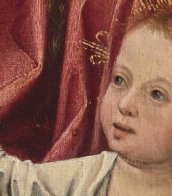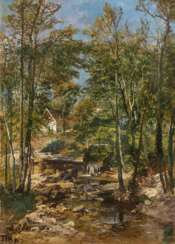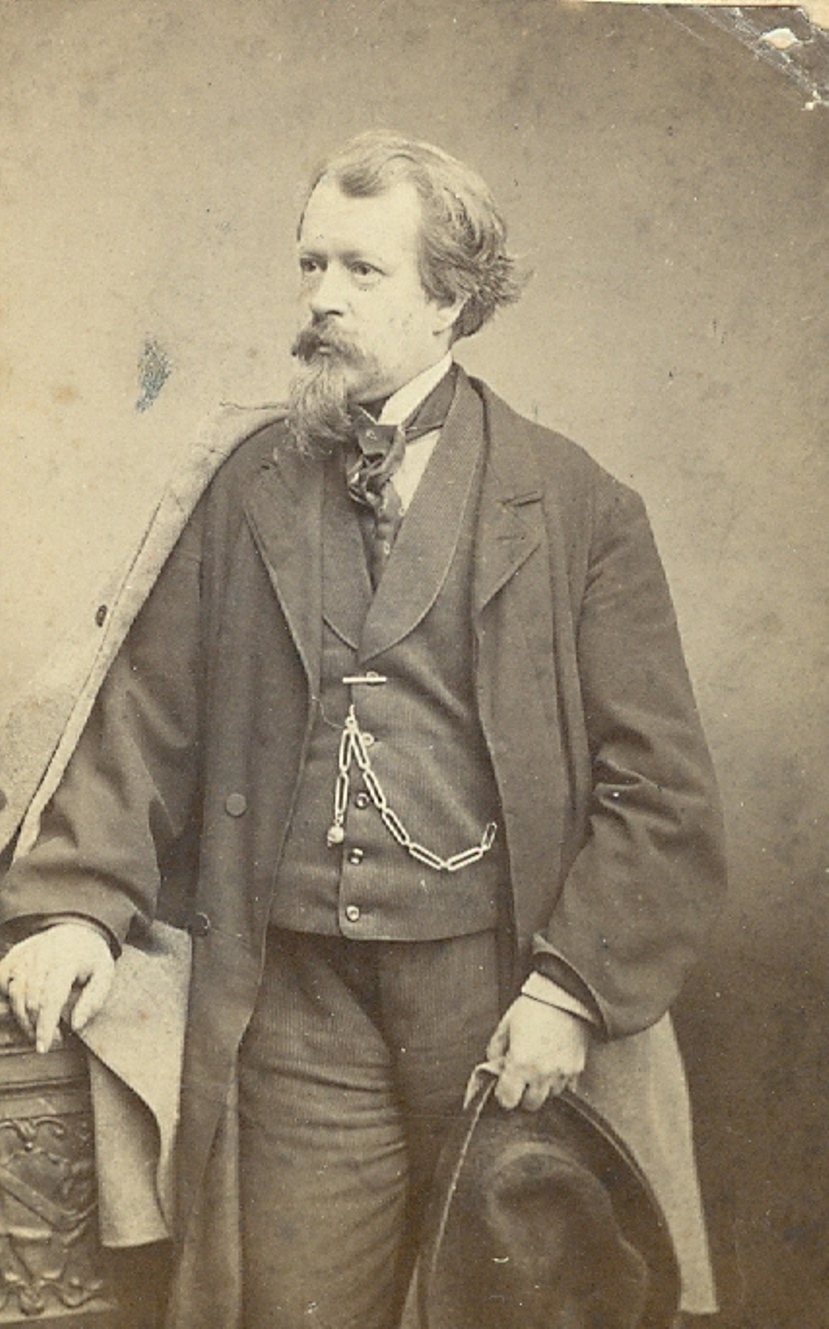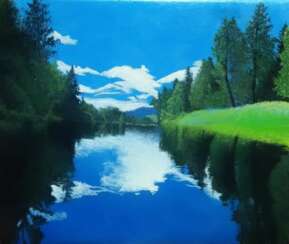forest landscape

Hermann Ottomar Herzog was a German-born American landscape painter. He represented the Dusseldorf School of painting and was a member of the Hudson River School. He quickly achieved commercial success and began to earn good money, which allowed him to travel a great deal.
Herman Herzog settled in the United States at the end of the 1860s. He devoted a considerable part of his work to his journey through the western states to California in 1873. He also frequently visited and worked in Maine and Florida.


Emile Gallé was a French artist and designer who worked in glass, and is considered to be one of the major innovators in the French Art Nouveau movement. He was noted for his designs of Art Nouveau glass art and Art Nouveau furniture, and was a founder of the École de Nancy or Nancy School, a movement of design in the city of Nancy, France.


Pieter Snayers was a Flemish painter known for his panoramic battle scenes, depictions of cavalry skirmishes, attacks on villages, coaches and convoys and hunting scenes. He established his reputation mainly through his topographic battle scenes providing a bird's eye view over the battlefield. He further painted large landscapes and portraits of the aristocracy. He was a regular collaborator of local landscape painters and also Rubens.
After starting his career in Antwerp, he moved to Brussels where he worked for the court. He was the principal military iconographer of the court in Brussels and the appointed court painter with the rank of lieutenant-colonel.




Joseph Wenglein was a German painter who is often referred to as one of the last significant landscape painters of the 19th century Munich school.
Parallel to his law studies Joseph Wenglein studied at the Academy of Fine Arts in Munich. He then switched entirely to art and became a pupil of the landscape painter Johann Gottfried Steffan. On his recommendation, Wenglein sometime later became a pupil of the painter Adolf Heinrich Lier, whose colouristic tendencies, calculated to express profound moods, particularly appealed to him.
Josef Wenglein knew how to reproduce the change of daylight, especially in spring and autumn, with a fine sense of the slightest atmospheric fluctuations and to vary the grey pleasant tone of the Bavarian plateau in all its nuances masterfully.


Johann Bernhard Klombeck was a landscape painter who belonged to the so-called Klever Romanticism. Klombeck showed his first exhibitions in his hometown of Kleve and in Nijmegen. Between 1843 and 1856 his works were shown i.a. shown at major exhibitions in Amsterdam, Rotterdam, The Hague, Dresden and Berlin. He found his motifs in the landscape of the Lower Rhine and the neighboring Netherlands. They were mostly romantically transfigured motifs with gnarled oaks or castle ruins as eye-catchers. Dramatic cloud formations also became his stylistic features.




Barend Cornelis Koekkoek was a Dutch landscape artist and lithographer.





















































































